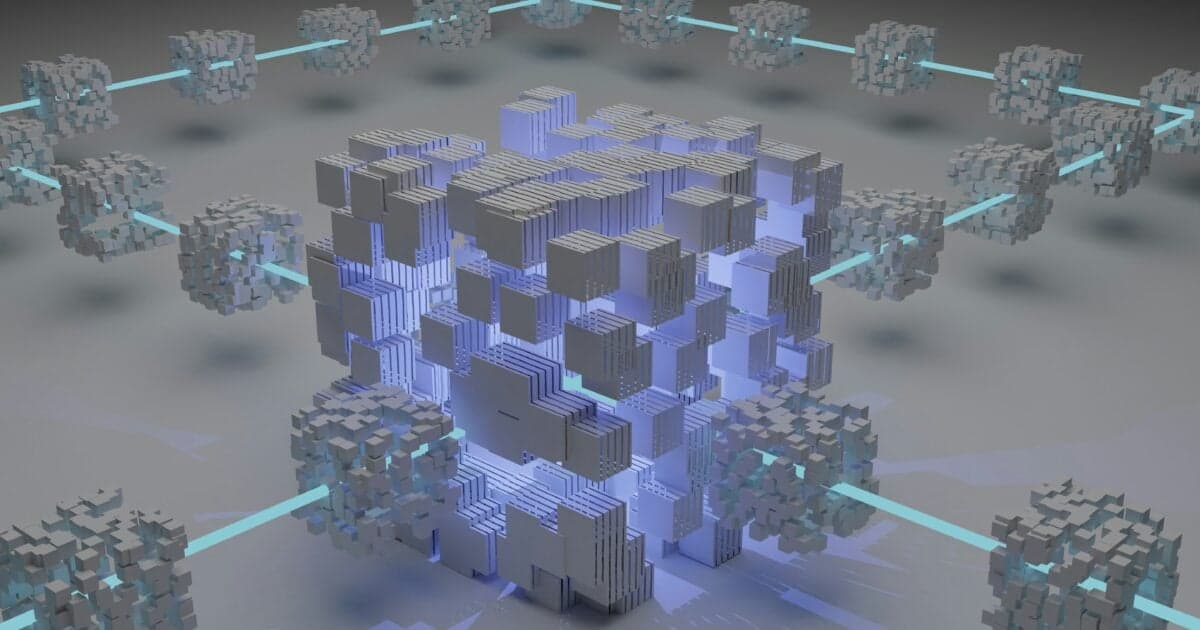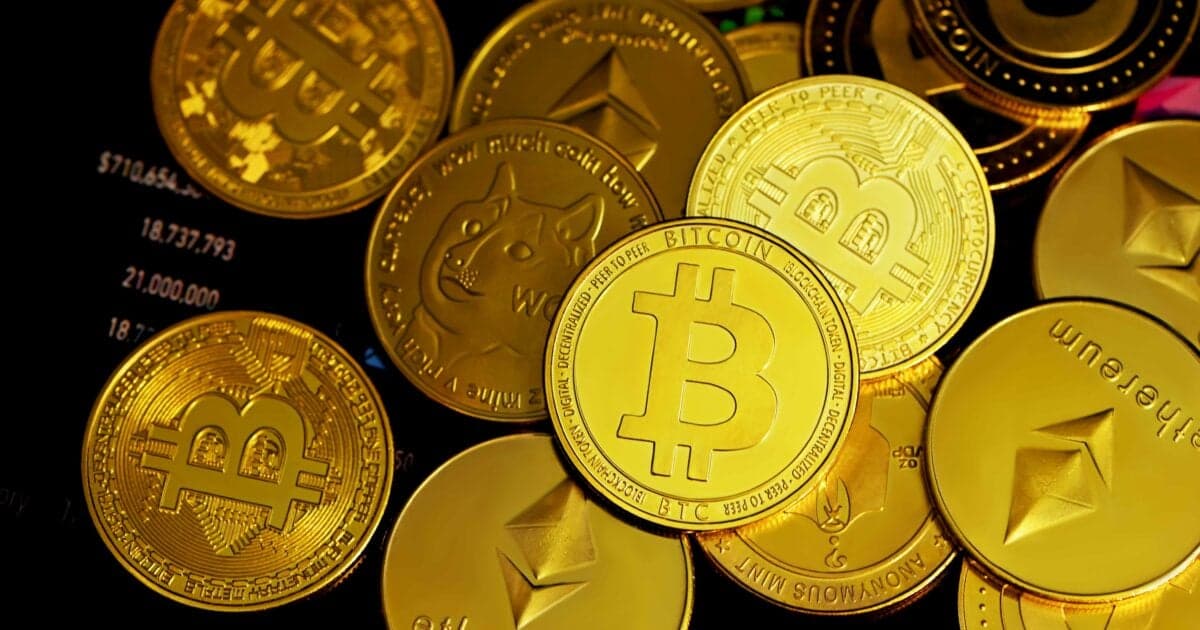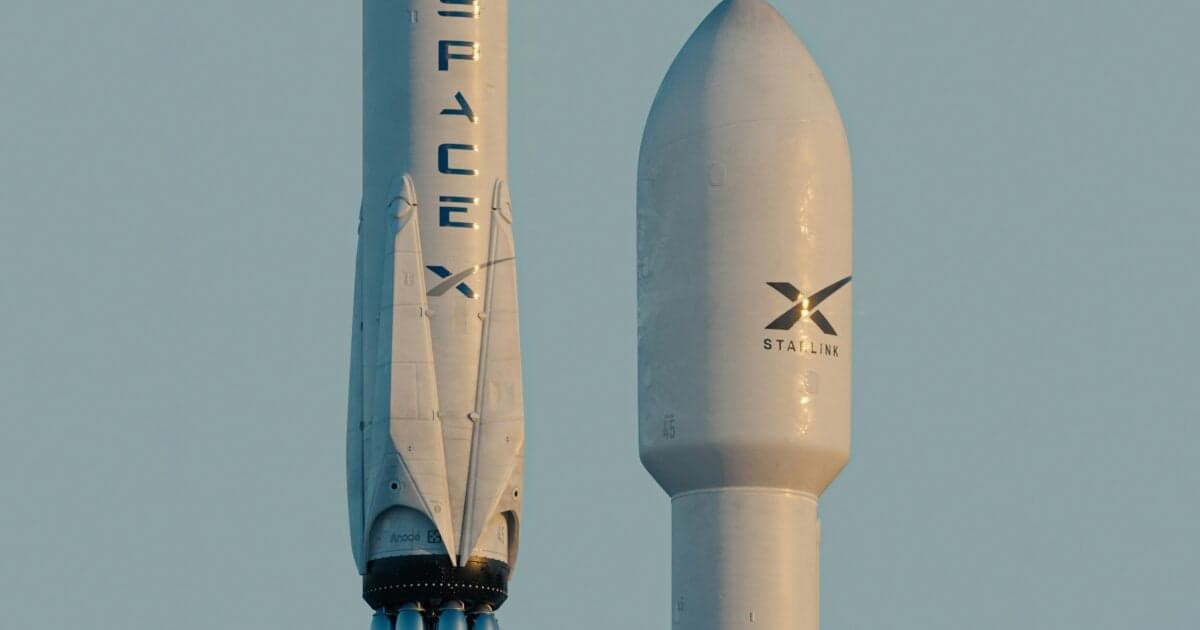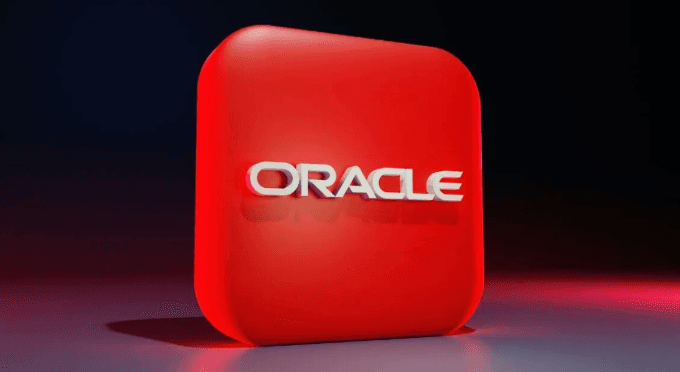Tokenized Securities Could Unlock $10 Trillion in Investments


Nasdaq, the world's second-largest stock exchange, made headlines last month by filing a proposed rule change with the U.S. Securities and Exchange Commission (SEC).
On September 8, 2025, Nasdaq submitted filing SR-NASDAQ-2025-072, seeking approval to enable the trading of tokenized versions of equity securities and exchange-traded products (ETPs) on its platform. This move positions Nasdaq as a pioneer in bridging traditional finance with blockchain technology, potentially allowing investors to trade digital representations of stocks alongside conventional shares.
If approved, the first token-settled trades could occur by the end of the third quarter of 2026, pending collaboration with the Depository Trust & Clearing Corporation (DTCC). The proposal emphasizes compliance with existing securities laws, aiming to unlock a $10 trillion opportunity in tokenized assets while maintaining regulatory safeguards.
This development signals accelerating institutional adoption of tokenization, a macro trend that could redefine how securities are issued, traded, and settled in global markets.
Understanding Tokenization: Blockchain's Role in Securing Securities
Tokenization refers to the process of converting ownership rights in real-world assets—such as equities, bonds, or real estate—into digital tokens on a blockchain. These tokens represent fractional or full shares of the underlying asset, enabling seamless transfer, trading, and verification without traditional intermediaries like physical certificates or centralized custodians. In the context of securities, tokenization leverages distributed ledger technology (DLT) to create immutable records of ownership, reducing fraud risks and enhancing transparency.
Blockchain's suitability for securing securities stems from its core attributes: decentralization, cryptography, and consensus mechanisms. Unlike centralized databases vulnerable to single-point failures or manipulation, blockchain distributes data across a network of nodes, ensuring no single entity controls the ledger. This immutability is achieved through cryptographic hashing, where each transaction is linked to the previous one, forming an unalterable chain.
For securities, this means tamper-proof audit trails, which are crucial for compliance with regulations like the SEC's rules on record-keeping and investor protection.
Moreover, blockchain facilitates smart contracts—self-executing code that automates processes such as dividend payments or compliance checks. This reduces settlement times from days (T+1 in traditional markets) to near-instantaneous, minimizing counterparty risk. In a true fully tokenized ecosystem, securities could be traded 24/7 across borders, democratizing access for retail and institutional investors alike.
The technology's security is further bolstered by proof-of-stake or other energy-efficient consensus models, which deter malicious actors through economic incentives rather than computational power. (Note: Those concepts are further than we’ll dig today but are fascinating and worth researching further if you’re curious.)
Why is blockchain particularly advantageous for securities?
Traditional systems rely on trusted third parties, leading to inefficiencies and costs—estimated at $15-20 billion annually in global post-trade processing. Blockchain eliminates these by enabling peer-to-peer verification, where ownership transfers are validated by network consensus. Recent pilots, including those by major banks, have demonstrated 99.9% uptime and sub-second finality, proving its robustness.
As adoption grows, tokenization could fractionalize high-value assets, allowing smaller investors to participate in premium markets like private equity, fostering inclusivity while upholding security standards. This shift aligns with broader macro trends toward digital assets, where blockchain's transparency and efficiency position it as a foundational layer for the future of finance.
Can Blockchain and DeFi Mimic Nasdaq Before Nasdaq Mimics DeFi? The Race to Tokenize
The recent Nasdaq filing underscores a pivotal question in the evolving financial landscape: Can blockchain and decentralized finance (DeFi) protocols replicate the functionality of established exchanges like Nasdaq before those incumbents fully integrate DeFi principles? In other words… the race is on.
This debate highlights the disruptive potential of public blockchains versus the incremental adaptations of traditional players.
At its core, blockchain offers a superior technology over private networks, providing true decentralization, global accessibility, and censorship resistance—qualities that private ledgers, often controlled by consortia, simply cannot match. Private networks, while efficient for permissioned use cases, lack the open innovation and tamper-proof verifiability of public chains, potentially stifling competition and limiting scalability as adoption surges.
Nasdaq's proposal, detailed in its SEC filing, allows member firms to tokenize equities and ETPs for trading on its exchange, but it stops short of specifying the underlying blockchain infrastructure. This omission leaves room for speculation, as the exchange must balance speed, security, and regulatory compliance.
The filing emphasizes integration with existing systems, such as DTCC's settlement processes, but without a public blockchain choice announced, Nasdaq risks lagging behind DeFi's rapid evolution.
In contrast, DeFi platforms have already demonstrated Nasdaq-like capabilities, such as order books, perpetual futures, and tokenized asset trading, often with lower fees and broader liquidity pools. The question isn't just about mimicry—it's about which side will lead the transformation. Blockchain's open-source nature enables faster iteration, potentially allowing DeFi to build a parallel, superior market before Nasdaq fully tokenizes.
A prime example is Injective ($INJ), a layer-1 blockchain optimized for DeFi applications, which is already enabling the trading of tokenized securities. On September 4, 2025, Injective launched the revolutionary BUIDL Index—a perpetual market providing exposure to BlackRock's tokenized money market fund, BUIDL.
This innovation marks the first tokenized index for the fund, allowing users to trade synthetic positions with leverage, mirroring traditional derivatives while leveraging blockchain's efficiency. The launch propelled Injective's native token, INJ, up 5.66% in a single day, reflecting market enthusiasm for its role in bridging TradFi (traditional finance) and DeFi.
But before that, in March 2025, Injective launched iAssets, which are tokenized real-world assets. In other words, they tokenized stocks six months before Nasdaq applied for the same thing.
Injective's ecosystem supports cross-chain interoperability and high-throughput trading, with recent integrations enabling tokenized versions of over 100 U.S. stocks and ETFs through partnerships like Ondo Finance. By September 2025, the tokenized real-world assets (RWA) market has exceeded $24 billion, up 380% from 2022 levels, with Injective at the forefront.
This positions Injective as a DeFi leader that's not just mimicking Nasdaq but enhancing it with features like on-chain governance and zero-gas trading, all while maintaining regulatory-friendly designs.
Given Nasdaq's silence on blockchain selection, it makes strategic sense for the exchange to partner with a U.S.-developed network like Hedera ($HBAR). Hedera's hashgraph consensus algorithm delivers enterprise-grade performance: up to 10,000 transactions per second with sub-second finality, far surpassing many competitors in speed and scalability.
Its security is fortified by asynchronous Byzantine Fault Tolerance (aBFT), the gold standard for distributed systems, ensuring resilience against attacks. As a made-in-USA technology, Hedera aligns with Nasdaq's domestic regulatory environment, potentially easing SEC approvals amid geopolitical tensions.
Hedera's governance council further bolsters its credibility, comprising an impressive roster of global multinationals including Google, IBM, Boeing, and Deutsche Telekom—trusted stewards that oversee network operations and upgrades.
This council-driven model ensures stability and enterprise adoption, as evidenced by recent developments. On September 5, 2025, Hedera participated in SWIFT's blockchain trials for cross-border payments, demonstrating its interoperability with traditional finance. Just two days later, on September 7, HBAR surged approximately 8% amid ETF proposals and discussions of its role in national security strategies, with institutions showing keen interest in HBAR-focused ETFs.
Although the SEC postponed decisions on HBAR and other altcoin ETFs until November 2025, market optimism persists, with HBAR posting steady gains amid institutional inflows during trade tensions.
Hedera's focus on tokenization is evident in its support for RWAs, positioning it as an ideal backbone for Nasdaq's ambitions. By choosing Hedera, Nasdaq could leverage this trusted ecosystem to accelerate tokenization, outpacing DeFi's mimicry with a hybrid model that combines blockchain superiority and institutional reliability.
In this race, blockchain and DeFi hold the edge due to their inherent advantages over private networks—open innovation, lower barriers to entry, and proven scalability in real-world applications like Injective's BUIDL Index. Nasdaq's filing is a welcome step, but without partnering with a blockchain like Hedera, it risks playing catch-up.
A Brighter Future for Investors: Echoes of the Digital Revolution
Investors stand to benefit immensely from tokenization, much like the seismic shift when stock exchanges transitioned from chaotic open-outcry pits to electronic trading in the 1980s and 1990s. That era brought unprecedented efficiency, slashing trading costs and expanding market access. Today, blockchain promises similar gains: faster settlements—potentially T+0 instead of T+1—reducing capital tie-ups and counterparty risks, while tighter spreads emerge from 24/7 liquidity and fractional ownership.
Nasdaq's timely proposal, alongside innovations from Injective and Hedera's robust ecosystem, signals a positive macro trend. With RWAs booming and institutional trust in networks like Hedera growing, expect enhanced transparency, lower fees, and broader participation.
This isn't just evolution; it's a revolution that could add trillions in value, rewarding forward-thinking investors who embrace tokenized securities now. As these developments unfold in real-time, the positivity is palpable—blockchain is set to supercharge securities markets for the better.
Regards,
Eric Wade



